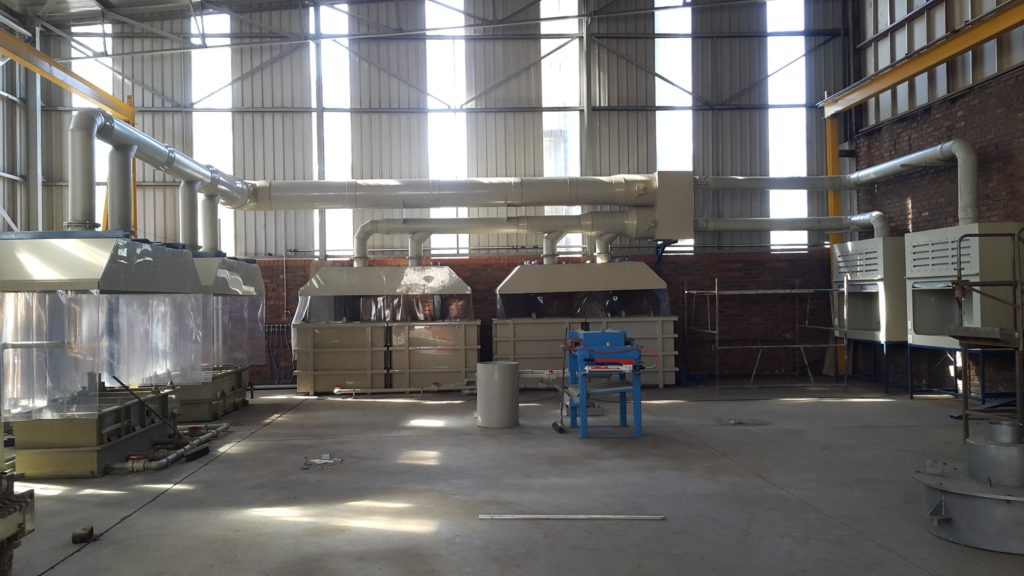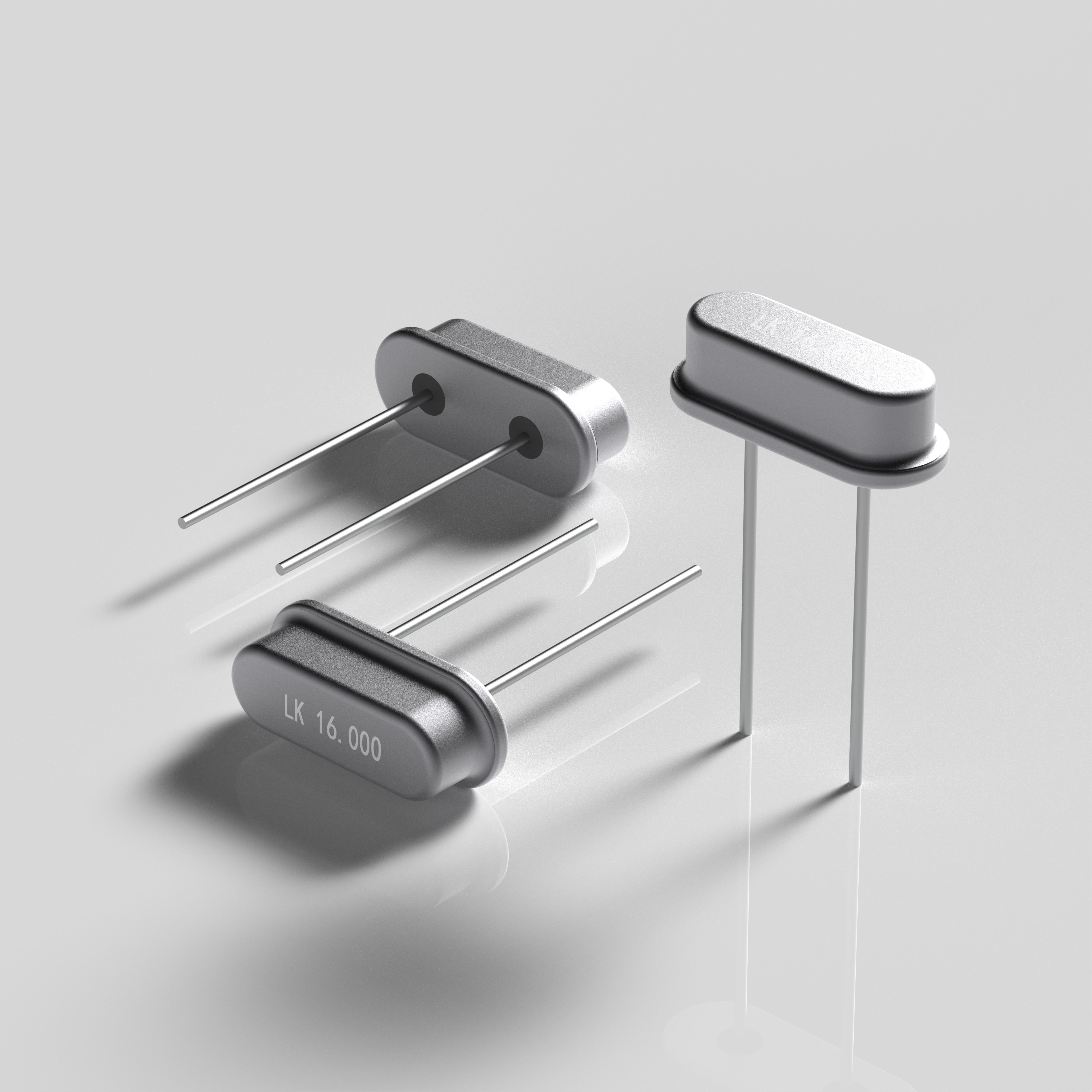The Crucial Role of Ventilation in Suspended Flooring: Enhancing Air Quality and Preventing Moisture Damage

When it comes to constructing or renovating a building, one crucial aspect that often goes unnoticed is the ventilation system under a suspended floor. While it may seem like a minor detail, having proper ventilation in this area plays a vital role in maintaining a healthy indoor environment and preventing potential issues such as moisture damage. In this article, we will delve into the importance of ventilation under a suspended floor and explore its benefits in enhancing air quality and preserving the structural integrity of the building.
- Enhancing Air Quality:
Proper ventilation under a suspended floor is essential for maintaining good indoor air quality. Without adequate airflow, the area beneath the floor can become a breeding ground for mold, mildew, and other harmful microorganisms. These pollutants can then circulate throughout the building, leading to various health issues such as respiratory problems, allergies, and even asthma. By ensuring proper ventilation, fresh air can flow freely, diluting and removing these contaminants, thus creating a healthier and more comfortable living or working environment. - Moisture Prevention:
One of the primary reasons for having ventilation under a suspended floor is to prevent moisture buildup. Moisture can seep into the floor through various sources like groundwater, condensation, or leaks. Without proper ventilation, this moisture becomes trapped, leading to the growth of mold and fungi. Over time, this can weaken the structural integrity of the floor, causing it to rot or warp. Additionally, excessive moisture can also attract pests like termites, further compromising the stability of the building. By implementing an effective ventilation system, the moisture can be expelled, reducing the risk of damage and ensuring the longevity of the floor. - Temperature Regulation:
Ventilation under a suspended floor also aids in temperature regulation within the building. During hot weather, the airflow helps to dissipate heat, preventing the floor from becoming excessively warm. Conversely, in colder climates, proper ventilation can prevent the floor from becoming too cold, reducing the need for additional heating. This temperature regulation not only enhances comfort but also contributes to energy efficiency, resulting in lower utility costs. - Structural Integrity:
In addition to the aforementioned benefits, ventilation under a suspended floor plays a crucial role in preserving the structural integrity of the building. By allowing air to circulate, the moisture content in the floor is regulated, preventing excessive expansion or contraction. This helps to minimize the risk of cracks, warping, or buckling, ensuring that the floor remains stable and safe for occupants. Furthermore, a well-ventilated floor also reduces the likelihood of odors and musty smells, enhancing the overall ambiance of the space.
Conclusion:
In conclusion, the importance of ventilation under a suspended floor cannot be overstated. From improving air quality and preventing moisture damage to regulating temperature and preserving structural integrity, proper ventilation offers a multitude of benefits. Whether it is a residential or commercial building, incorporating an effective ventilation system in this often overlooked area is essential for creating a healthy, comfortable, and durable indoor environment. So, the next time you embark on a construction or renovation project, remember to prioritize ventilation under the suspended floor for a better living or working space.


